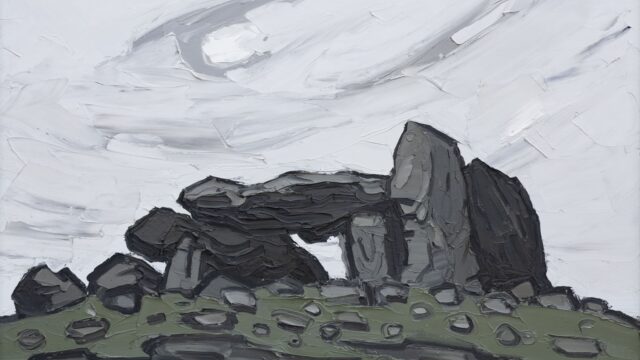Tribal Art & Ethnographica
When the First Fleet arrived in Sydney in 1788 carrying its ‘cargo’ of convicts, journals record at least three accounts of the use of “wooden swords” by aborigines. These were likely to be non-returning boomerangs, which are used like clubs. As well as boomerangs, aborigines have produced a huge variety of tools useful for living in the extreme Australian environment for at least 9000 years.
Collectors of Australian artefacts look out for digging sticks, many types of clubs, containers, shields, spears, spear-throwers, ritual carvings, fibre baskets, and shell and feather body ornaments.
Aborigines inhabit the entire continent of Australia and objects can be grouped into three broad regions.
Tropical zone: from the Kimberley mountains to northern Queensland.
Arid and desert zone: a huge area, between Perth and Brisbane bisected by the tropic of Capricorn
Temperate zone: the southeast incorporating Victoria, parts of New South Wales and South Australia.
All the groups who inhabit these areas produced artefacts that can usually be identified by certain characteristics of form, function, and design.
Boomerangs are the most familiar artefacts that appear in the antiques market, this is because they were made for a whole variety of uses. There are both returning and non-returning boomerang, the former generally for hunting birds, whilst the latter could be used for hunting large game, fishing, fighting, musical accompaniment, as a fire tool or in rituals. All are differently shaped or decorated. They can be bought for as little as £30 but fine and rare examples making £2000 or more.
Occasionally the market will also see spear-throwers or woomeras at auction. These are long handled tools which articulate via a hooked terminal with the base of a spear. It serves as an extension of the arm, enabling a spear to travel at a greater speed and force than possible with only the arm.
Clubs of various shape and decoration occur, with those from South Australia particularly desirable. Very rarely we find shields. Small shields for parrying spears, or clubs from South-eastern Australia, are very sought after, as are the larger so-called Rainforest shields of Queensland, which are very colourfully painted.
Surfaces if decorated are almost always geometric or dotted, either incised with a sharp tool like marsupial tooth, or painted using pigments derived from red and yellow ochre, charcoal, and pipeclay.
Today, aboriginal artefacts are widely collected, for their minimalist form and abstract geometric designs. For example, different types of boomerang or spear-thrower can be mounted and displayed in groups to provide interesting sculptural focuses in interiors.
Already consigned to the saleroom is a group of artefacts collected in Australia in the 1960s, amongst which is a spear-thrower, digeridoo, bark painting and a boomerang of course!































Philip Keith BSC (Anrh)
ARBENIGWR CELFYDDYD ASIAIDD A LLWYTHOL & ARWERTHWR A PHRISIWR RHANBARTHOL







